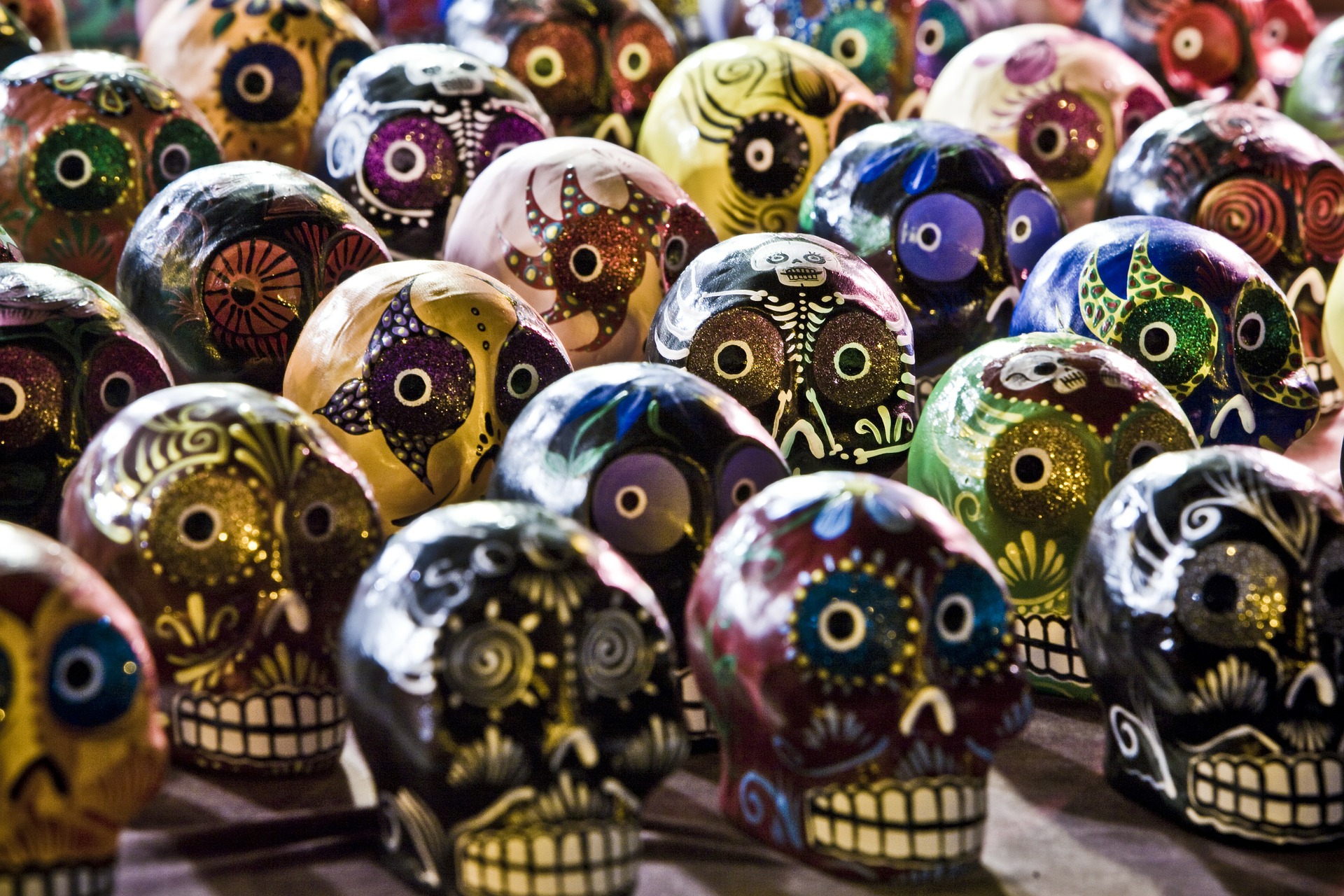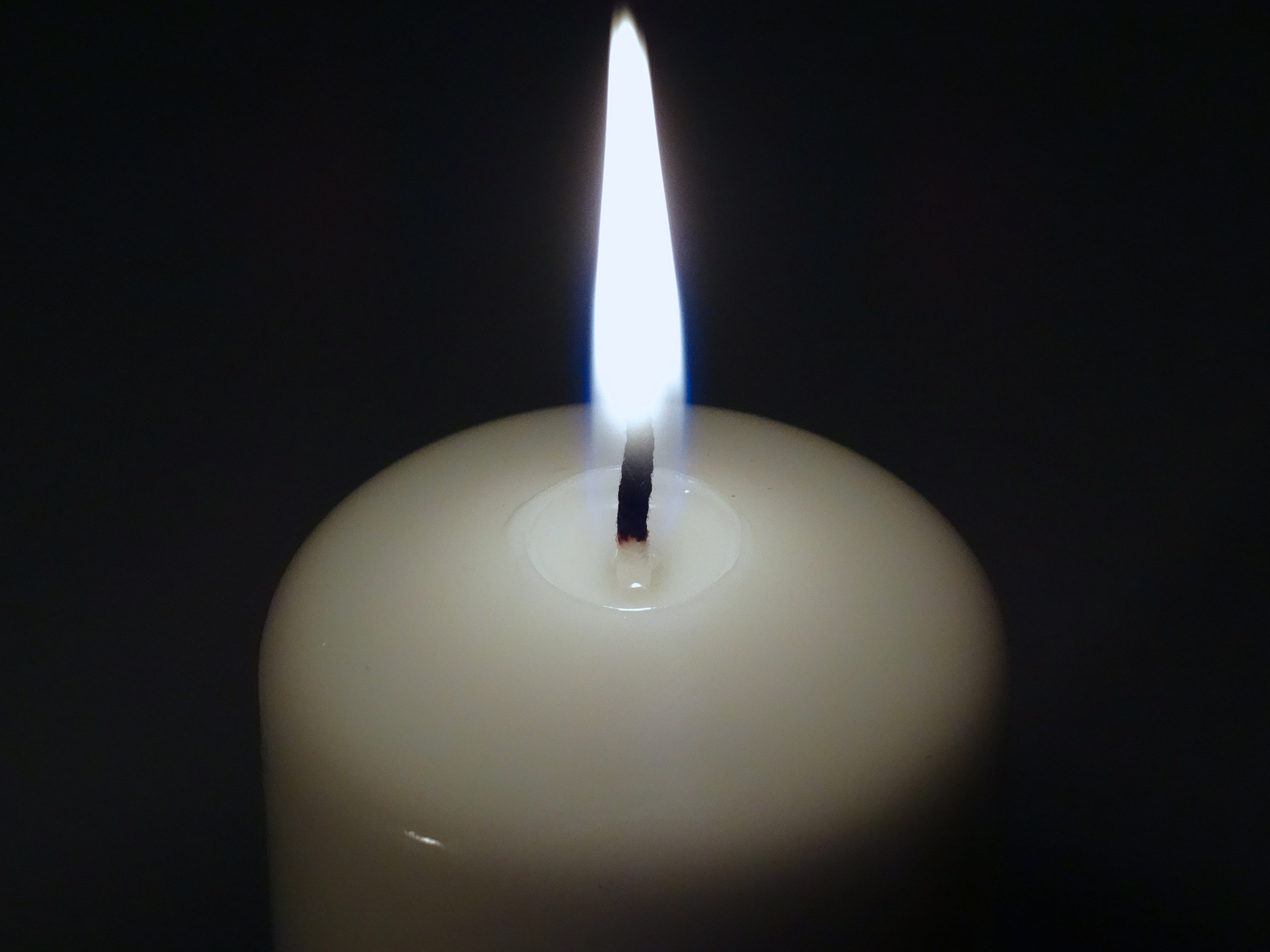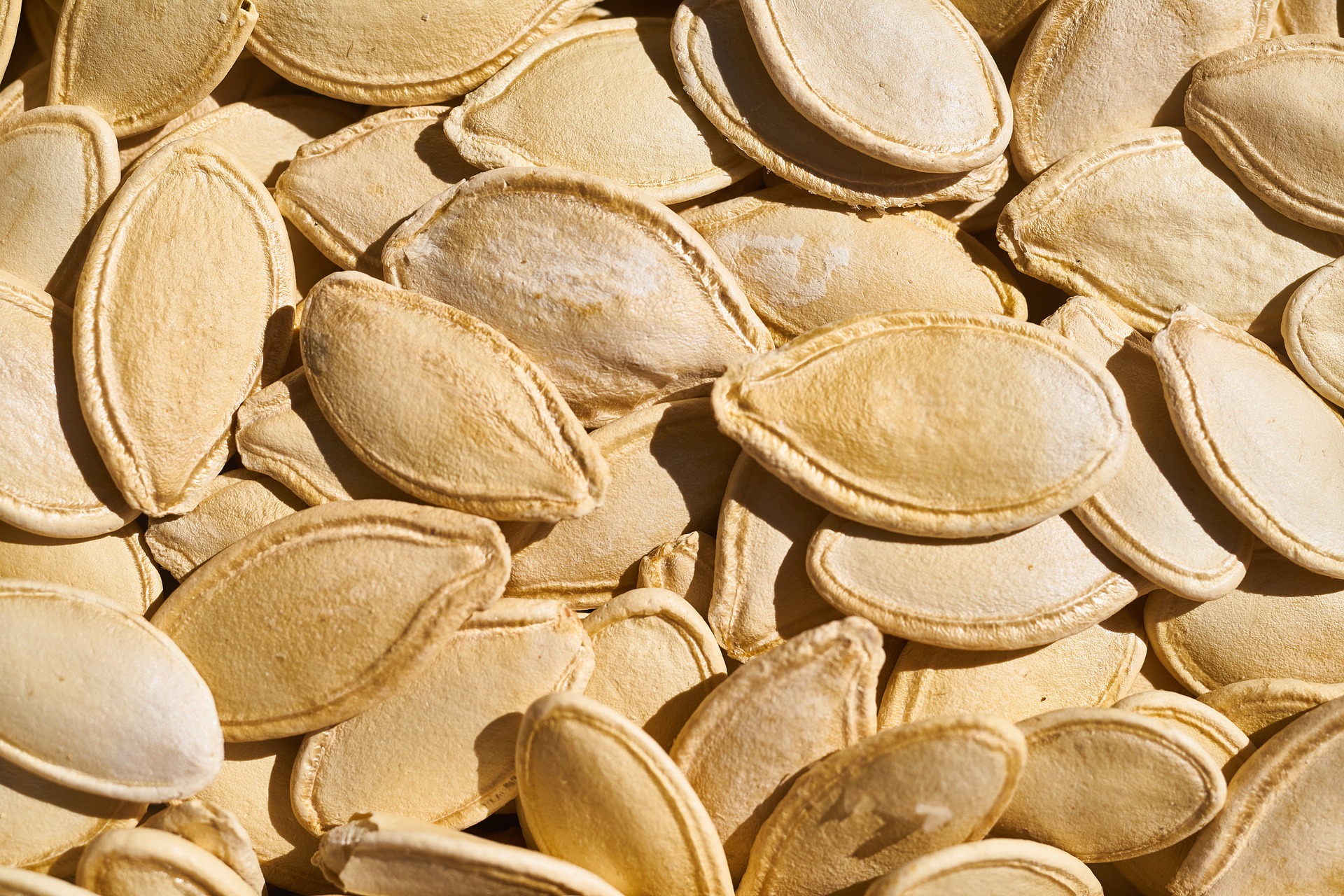Get Help
Put information here about how to contact you.
About
Click on any of the information dots to learn more about the different parts of the ofrenda. This virtual ofrenda was brought to you by a collaborative effort by the Fullerton College Cadena Cultural Center and the Fullerton College Library.
Photograph credit: Gilberto Valencia Altar; Design: FC Cadena Center Cultural Staff; Interactive ofrenda design: Anya Shyrokova
Escape the room!
This is where you put information about how to submit your clues.

Calendulas (Marigolds)
The cempasúchil a type of marigold flower native to Mexico, is often placed on ofrendas and around graves. With their strong scent and vibrant colors, the petals are used to make a path that leads the spirits from the cemetey to their families' homes.

Papel Picado (Perforated Paper)
Delicately decorated tissue paper represents wind and the fragility of life.

Calaveritas de Azucar (Sugar Skulls)
Sugar skulls, along with toys, are left on the altars for children who have passed. The skull is used not as a morbid symbol, but rather as a whimsical reminder of the cyclicality of life, which is why they are brightly decorated.
Velas (Candles)
Candles represent fire and are a light guiding them back to visit the land of the living.
Ofrendas (Offerings)
Offerings (such as food) represent the ancestor's favorite meals, and are placed on the altar as offerings.
Mariposa (Butterfly)
Monarch butterflies, which migrate to Mexico each fall, were belived to be the spirits of the ancestors coming to visit.
Pan de Muertos (Bread of the Dead)
Semisweet breads are baked in the shape of bones and dusted with sugar. They are also meant to represent the soil.
Fotos (Photographs)
Images of loved ones who have died are placed on the altar.
Semillas (Seeds)
Pumpkin seeds or amaranth seeds are offered as snacks for the visiting ancestral spirit. In pre-Columbian times, Aztecs used amaranth seeds instead of sugar to make the skulls.
Perros (Dogs)
Dogs were believed to guide the ancestral spirits to their final resting place in the afterlife.
Pulque
Bottles are offered to toast the arrival of the ancestors. In pre-Columbian times, pulque, a beverage made from the sap of maguey or agave plants was reserved for special spiritual ceremonies. Today, any alcoholic beverage favored by the dead can be used to toast.
Linares Garcia, Alejandro. “Pulquebottle.jpg.” (CC BY-SA 3.0) Wikimedia Commons, Wikimedia Foundation, 6 Feb. 2012, https://commons.wikimedia.org/wiki/File:Pulquebottle.JPG. Accessed 5 Oct. 2022.







